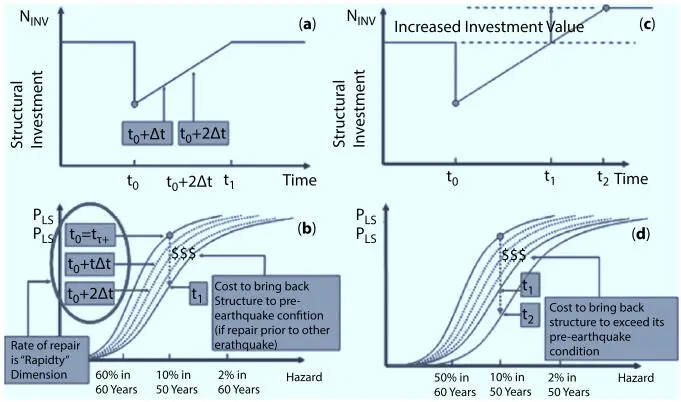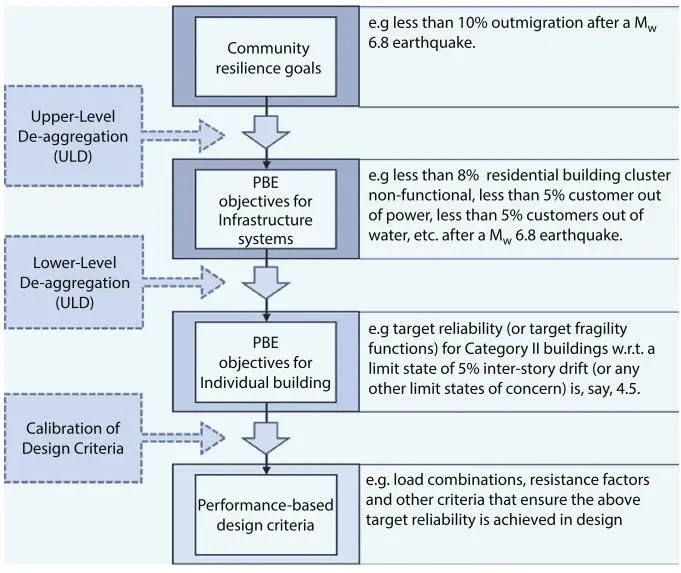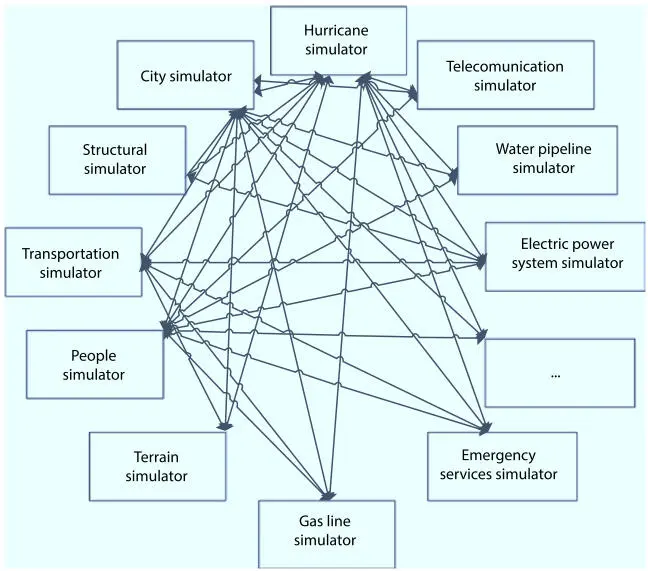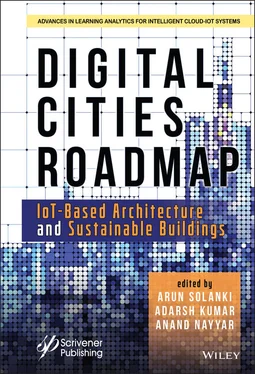1 ...8 9 10 12 13 14 ...18 How does a structural designer lead to resilience quantification?
Population and socioeconomic, environment/ecosystem, integrated municipal systems, build-up urban infrastructure, living style and civic competence, economic growth, as well as social and cultural resources define all seven dimensions of group functioning (not generally by any order of importance as expressed in PEOPLES). The suggested PEOPLES Readiness Model offers the foundation for creation of quantitative and consistency temporal–spatial models that continually assess improvements in functionality and group readiness to adverse incidents or hazards across some of all the above dimensions.
“Mitigation,” requiring either the re-building of current structures or the development of modern construction projects, is essential to achive the goal of sustainable cities, but sometimes neglected or dismissed in the assumption that it is “too expensive”. There appears to be very reasonable cost appetite to remove some danger in some other controlled areas, for example by ordering the elimination of traces of asbestos from crews in hazmat suits or by allowing the elimination after several years of baby car seats due to plastic ageing.
Nation would stay trapped in the constant process of devastation–reconstruction. However, if the nation wants to see vital services and lifelines working following a tragedy, that is not always the case—the majority of the network should not be overlooked (Figure 1.15).

Figure 1.15(a) Improve resilience structure, (b) Reduce probability structural loss, (c) Increase resilience pre earthquake and (d) Improve the structural loss.
Various owners and stakeholders—with differing goals, interests and purpose—will simultaneously support resilience in the creation of a disaster-resilient society. Some research has been conducted on quantifying resiliency in network environments, such as road networks, electricity grids, delivery structures and the like. For a variety of factors, such networks are radically different from the group of buildings in a city [23, 24].
First, the network device properties are usually either held by an individual alone or by a group of several broad interdependent shareholders. The highways in one state, for example, are the responsibility of the State Transport Department, with a few exceptions.
Second, the architecture of such networks is often selfregulated such that the implementation committees for which even such owners are allowed to vote follow the design specifications of such facilities.
As a consequence of the first two points mentioned above, these owners are willing to step ahead and develop goals for their infrastructural durability. State Transport Ministers, for instance, took the initiative to define vital routes for the network to function during an earthquake which is usually referred to as roads and bridges on lifelines.

Figure 1.16Building damage by earthquake [55].
As seen in Figure 1.16, the building with a low-rise stage may have done well alone during the earthquakes but it was nevertheless demolished by the brick shower triggered by the out-of-plan collapse of an unreinforced maçonery wall in the neighboring house. Many well-performing buildings after the earthquake in Christchurch were still unavailable (and thus without functionality) because the owners were refused after the earthquake in the Christchurch Business District. For these reasons, genuinely resilient communities may be at risk for several decades.
Possible Solution to the Core Resilience Problem
There will also be a process to guarantee that stability becomes part of the negotiations in the construction of every building if durability is to be accomplished. Given the context of the unlikelihood of durability in architecture coding and requirements in the near future and the belief in constructing robust facilities continues to decline as time from past dangerous earthquakes decreases, it is not obvious what such a debate would achieve. It’s commendable that the US Resiliency Council (USRC) has suggested to implement Earthquake Building Rating System similar to the LEED Green Building Rating System, in which buildings voluntarily evaluated will receive a 1 to 5-star rating for their respective safety, damage (in terms of repair costs) and recovery measures.
1.8 Development of Risk Informed Criteria for Building Design Hurricane Resilient on Building
To maintain the best distribution of services in the city there is a de-aggregation method to maximize the efficiency of the buildings and building groups in order to meet the City output objectives. Degradation is the process through which the community’s performance objectives are converted into performance goals that are relevant for developing practice-based design criteria as described in the paragraph below. The tiered de-combination structure [69] as seen in Figure 1.17 will help to establish a connection between group priorities and PBE targets for specific buildings. The upper de-aggregation (ULD) can be formulated to define minimum output requirements as an inverse multinational optimization problem.
Inventories and service networks of growing group organization, when satisfied at the same time achieve the overall community resilience goals.

Figure 1.17Framework of upper de-aggregation (ULD).
1.9 Resilient Infrastructures Against Earthquake and Tsunami Multi-Hazard
Hurricanes are one of America’s most expensive natural disaster [47]. Between 1970 and 2016, the U.S. sustained seven of the world’s 10 most expensive hurricane due to this the insurance company face huge losses for next five years.
In order to recognize the unavoidable interdependencies between vital infrastructure structures in the world, the quantification of vulnerability for populations prone to natural disasters (such as hurricanes) is important [70]. The vital infrastructure networks have effects on the environmental and economic stability of the nation because of their breakdown. Examples include communication networks, transport systems, water delivery schemes, etc. While interdependencies will boost the operating efficiencies of critical infrastructure networks, the network instability should be increased [68]. Such rise in device instability is triggered by cascade malfunction phenomena. Figure 1.18 provides an example of the interdependencies that typically occur inside a computational setting and thus involve modeling.

Figure 1.18Framework of critical system modeling.
To measure the vulnerability of hurricane-prone communities where a computational simulator models each vital structure, for various types of hazards, similar diagrams can be drawn.
1.10 Machine Learning With Smart Building
Читать дальше





![Чарльз Диккенс - A Tale of Two Cities [С англо-русским словарем]](/books/26616/charlz-dikkens-a-tale-of-two-cities-s-anglo-thumb.webp)










